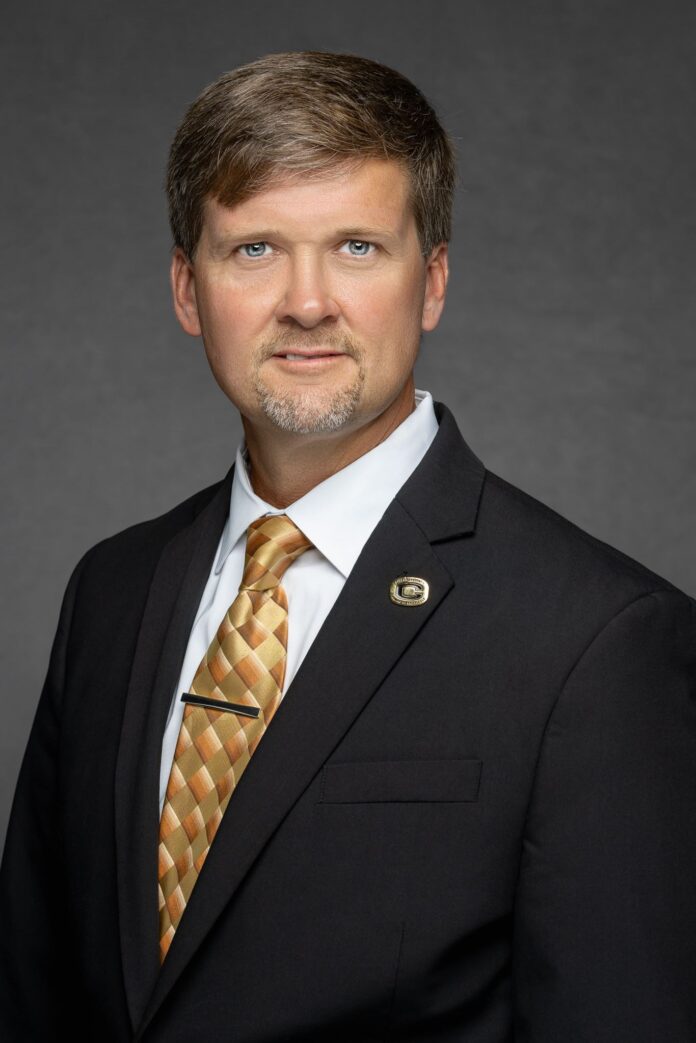With another legislative session in Alabama right around the corner, along with a presidential election, “school choice” is quickly becoming a hot topic across the state. The phrase could mean anything from voucher systems to statewide open enrollment, depending on who is defining it.
As an advocate for public education and the superintendent of one of the best school systems in Alabama, I believe we need to be extremely cautious when it comes to any legislation or bills that will divert funds from our school systems. Taking money away from schools isn’t the solution, it will only exacerbate the problems that students in Alabama face. We need to protect what is best for the students we serve, whether it be STEM education, multiple opportunities in fine and performing arts, advanced and dual enrollment classes, athletic programs or career technical education tracks aligned to student interest and the needs of the local workforce.
School choice already exists in Alabama
Did you know that we already have school choice in Alabama? In 2012, Alabama enacted the Alabama Accountability Act, which provides a scholarship program for low-income students to attend public or private schools. And in 2015, our state established The Alabama School Choice and Student Opportunity Act to provide for public charter schools as a part of the public education system of the state of Alabama. Those Acts are already in effect right now, and provide options for parents and families who are interested in pursuing them.
Schools in Alabama already face financial challenges
Unfortunately, Alabama does not fully fund education, which impacts many school systems that do not have the benefit of strong local support. A 2022 Report from the Education Law Center (W.K. Kellogg Foundation) analyzed 10 years of data sets to determine the condition of school funding in each state. Grades were assigned in three categories.
How did Alabama fare?
Funding Level: F
Funding Distribution: F
Funding Effort: C
Just some of the current public education funding gaps in Alabama include: Transportation is funded at just over 80%. The Numeracy Act is not fully funded. There are gaps in funding for nurses in order to have a certified nurse in every school building. There are gaps in funding for reading coaches which are required in every school with a K-3 configuration. There are gaps in special education funding versus what is needed to meet the individual needs of our students with IEPs. In addition, many school choice models do not consider the additional funding needed to educate and meet the needs of students with special needs. In some cases, non-public schools can choose to not enroll students with disabilities, or if they do, they are not equipped to meet their individual academic or behavioral needs.
All of the above are considered unfunded mandates, and they are challenges teachers, principals and counselors across the state are forced to grapple with year-in and year-out. Local revenues from each school system are used to close these funding gaps, and moving funds from schools that are already underfunded for an unproven “school choice” legislation could have dire consequences.
Therefore, we should pause and research the depths of any upcoming school choice legislation and make sure we are not diverting state funding for public schools — and more importantly ensure that any potential school choice legislation is positively impacting all of the students of Alabama.
Kyle Kallhoff
Superintendent, Cullman City Schools




















